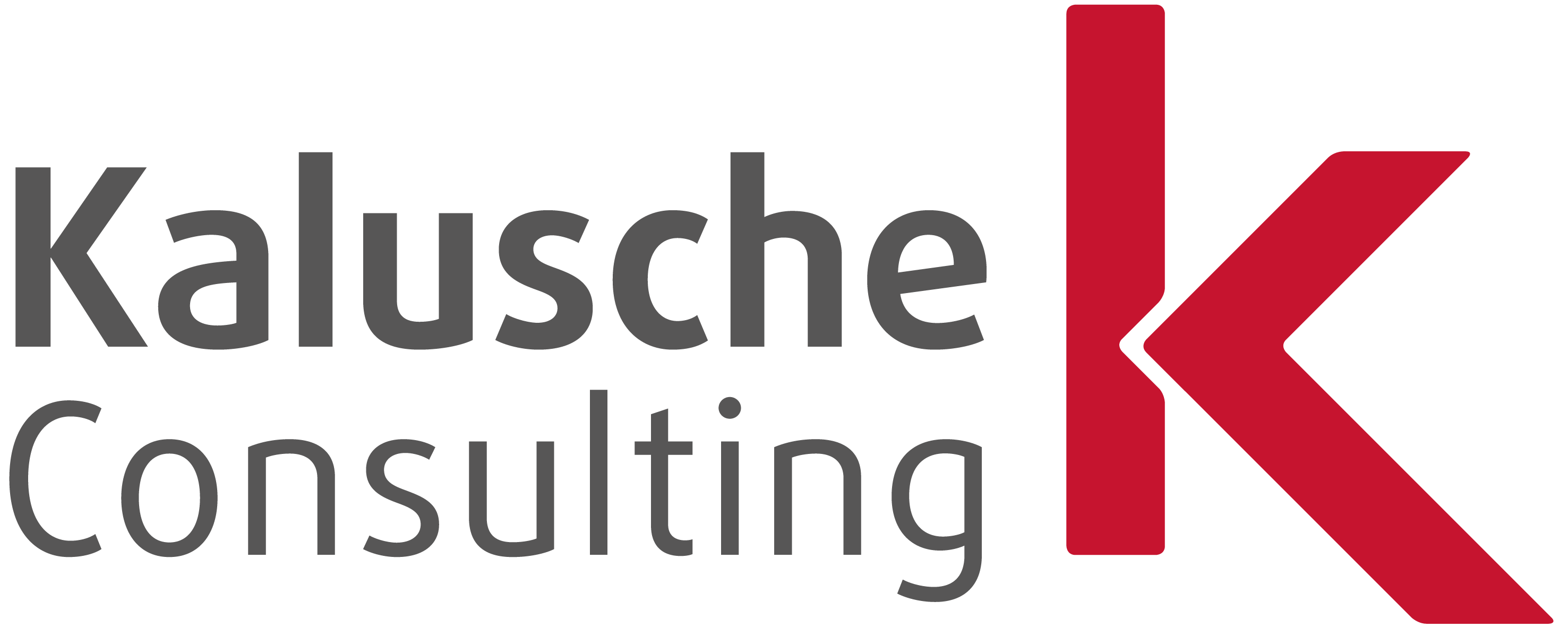Customer interview with Sven Kranz, Tool management manager of Schaeffler AG
And every beginning has a magic
At the beginning of March 2016, the Change-Project Tool Center started at Schaeffler AG. The aim of the project is to redesign the production processes in a leaner and more successful manner. Ms. Sonja Kalusche was brought in as a change management coach. After 3 months, we take stock and ask Mr. Sven Kranz, project manager and manager in the field of tool management, some questions about how he sees the course of the first months and what role coaching played in this.
Mr. Kranz, take a look back.
a) What were your expectations before the project started?
This will be an act of strength and the last attempt to reshape the manufacturing processes in a leaner and more successful way: “An endgame”. With the help of a coach, I promised myself: behavioural changes, competence and horizon expansion of my employees. We wanted to navigate the change project safely, professionally and orientated (without “accident”).
b) What were your fears before the start of the project?
I knew that I couldn’t rely on my own competence in this change project, and I knew that without a navigator, I would be in an odyssey. The project would only be successful with a few consultants. Too many are falling by the wayside. A common process of change is not feasible.
When you think about starting the project, what comes to mind first?
The team that wonders if it would not be better to choose the square wheel.
Which “project management tool” did you find most effective so far (or at the start of the project) and why?
The coaching with the questions:
• Where do I stand?
• Where do I want to go?
• Which way do I go?
• What do I have to consider in this way?
And the vision flyer and the innovation/change bridge: because these instruments and the coach were always a point of reference for everyone.
Did you have any clarity as to what the “change” is? Has the “change” been worked out clearly enough?
I was not aware that “change” was a process. It wasn’t clear to me before that it would have to go through stages – and that these levels can follow a rule and not just be skipped.
The change levels have been worked out very clearly.
From today’s point of view, what are the main success factors for the project or What do you think, from today’s point of view, will be the main success factors?
These are some of the points I would just like to mention briefly:
• Work out the solution together.
• Competent and consistent project management
• Discuss and reject compromises at the next higher level.
• Support from higher decision-makers
• Straight implementation, quick follow-up to give stagnation and resignation no chance.
• Targeted navigation through coaching and predictive planning
. . . and the realization “changes must roll, because the lived AHA effect inspires.”
Asked as a man: How did you find the fact that a woman was employed as a change consultant? Expectation – reality?
Expectation
A change is an act of violence that you have to push through. A small number of men against a big superpower and that requires Spartans – whole guys!
Reality
Absolutely the right decision to choose a woman. Women have an archaic 360-degree vision. Are tactile and have a higher perception horizon. When these characteristics are combined with the necessary expertise, the best prerequisite is to successfully shape a change process with the slightest losses.
In your view, what contribution has Kalusche Consulting made to the Change project so far? And what did you think was the most important contribution?
Absolute advocacy:
• Is fully behind the project at all times.
• Provides security and competence through
• above-average, committed coaching, process support and steering.
Thank you Mr. Kranz for the open words about the current change project Tool Center.


